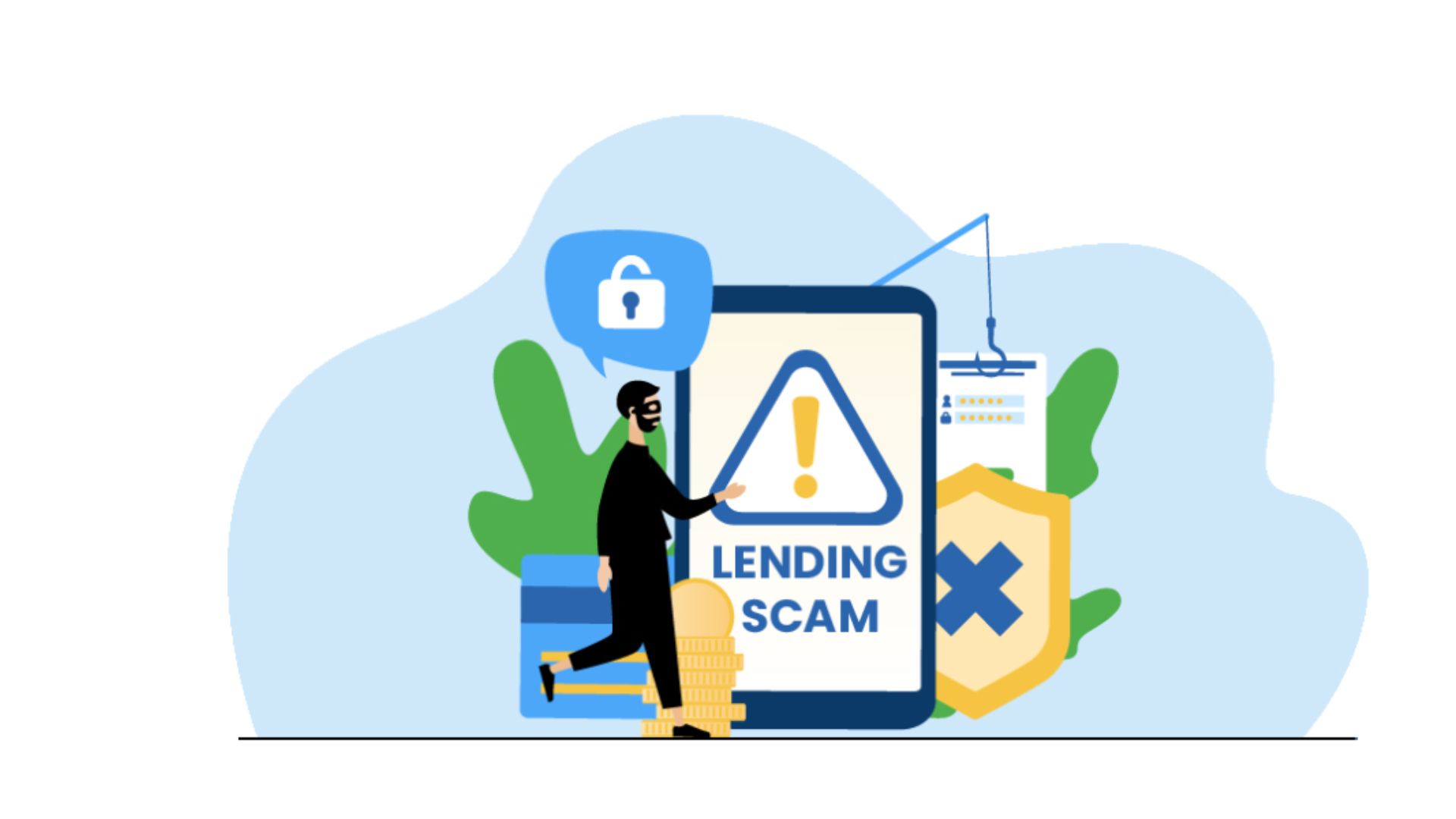

Back in the day, even getting a small personal loan meant standing in long bank lines. You’d submit lots of papers, wait for days, and still not be sure if the bank would approve your loan.
Now, things are different. You can secure a loan with just a few clicks, and it takes only a few minutes. Digital lending apps have become super popular, especially with the rise of smartphones. More people, who couldn’t get loans before, now have the chance to get one in minutes. All thanks to technology!
But there’s a catch. Some people fall into loan scams and bad lending practices. You hear stories of folks promised quick loans, only to have scammers take their bank info or charge crazy interest rates. Bad lenders often don’t tell you about fees and may ask for hidden charges later.
Some sneaky lending apps don’t explain important things like pre-closure charges or processing fees. It’s crucial for borrowers to check these details in the terms and conditions. Also, watch out for illegal apps that want access to your contacts, which is a no-no according to the Reserve Bank of India.
Certain apps charge way too much interest, going way beyond legal limits. They often target people who may not know much about money matters. There are cases where personal data gets sold without permission. Some shady lenders even use threats to make borrowers pay back the loan. Scammers create fake lending apps, and some apps operate without the necessary licenses, making the digital lending world a bit risky.
Even though many lending apps are legit on Google Play, you might be asked to download a different version via WhatsApp. This skips Google Play’s checks, advised by the RBI. So, it’s smart to avoid transactions using unverified apps.
Lots of people in India don’t have access to formal financing. They turn to lending apps that need only a few documents and promise quick loans. But here’s the catch: a report by the RBI found around 500 digital lending apps in India were illegal between January and February 2021.
The key is to follow some basic rules to avoid getting into trouble. First off, never download apps that aren’t verified. Be careful with apps that have bad reviews or low ratings. Also, watch out for loan apps promising zero interest but asking for a ‘small’ upfront fee.
Check if the app has a permanent address mentioned, and make sure it’s real. If a loan app doesn’t explain its rules clearly, that’s a red flag. Same goes for apps not affiliated with a bank or an RBI-registered non-banking financial company (NBFC). Those might be hiding some issues.
In the end, getting a loan has changed a lot. It’s super easy now, but there are risks, especially in the digital world. Following the dos and don’ts shared here can help you navigate this new way of borrowing. Stay smart, and make sure the promise of quick money doesn’t turn into unexpected problems.